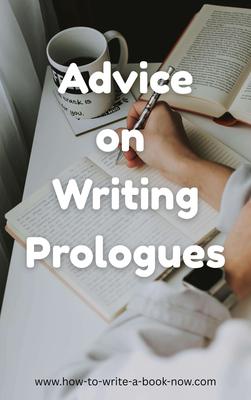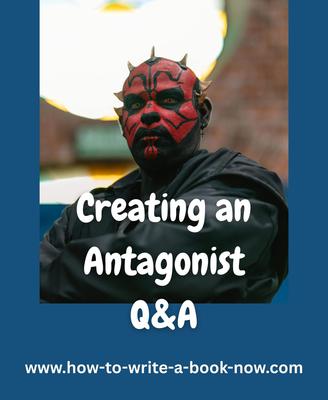Repeating events in each Throughline
by Leah
(NZ)
Question: First of all, this is a brilliant resource so thank you! I have gone through all of the steps and tried my best to follow them through. But, I have a bit of a problem...
I have an outline which I am retrofitting to a lot of your guidelines. I think it flows well and has good build up and climax however, when I went to do the Overall, Main Character, Impact Character and Relationship Throughline I found myself noting that the same events were used under each signpost.
There's already a lot going in in the story and I'm worried that if I have to put in more events it will feel a bit unwieldy.
When you use the term 'event' do you mean scene? Or should they be significant events in themselves? Like milestones? I have a lot of forewarnings and prerequisites which could be considered events/signposts which create build up.
So...can I use one event in multiple throughlines and what do you mean by 'event'?
Many thanks!
Answer: First, I use the definition of "event" provided by Armando Saldana-Mora. An event is an irreversible and meaningful change that gives a character or characters new purposes.
I find this a more precise term than "scene," a term which originated in theatre and can mean "that which what happens at a particular time and place." A scene is a continuous sequence of action with no jumps in time or location.
"That which happens" in a scene should be an event. However, one scene can have several events. In fact, in some stories the entire sequence of events takes place in one long scene.
You can have an event from more than one throughline occur in a single scene. However, it is generally not a good idea to have one event do double duty by serving as the signpost of more than one throughline - tempting as it may often be. Drama comes from differences. When
To take a well known example, consider the climactic scene of the film The Return of the Jedi. When Luke refuses to do his father's bidding, Darth Vader hits upon the idea to turn Luke's sister, Leia, into a Sith Lord, causing Luke to fight his father to prevent this. The climax of the Luke/Darth relationship (Relationship Signpost #3) is the moment when Luke defeats Darth, establishing that the power in the relationship has shifted to Luke.
Next, the Emperor tries to convince Luke to kill his father and thereby become a Sith Lord rather than a Jedi. The main character signpost #3 is the moment when Luke chooses otherwise. He throws aside his lightsabre and declares he will remain a Jedi.
The Emperor then attacks Luke and Darth kills the Emperor to save his son at the cost of his own life (Impact Signpost #3).
So all three signposts, three key events, occur in one scene. However, you could not make any one event serve for all three. Luke's decision, Darth's decision, the resolution of their argument, all must be illustrated separately or there would be a hole in the plot.
Do note that, in some stories, signposts may be single events while the action in between the signposts consists of theme or character-related events or sequences. This is more common with character-driven stories. In other stories, generally more plot-driven stories, the signposts themselves can be broken down into sequences, each with their own smaller arc, with perhaps only the occasional transition scene.
Forewarnings, Requirements, and the other static elements may be incorporated into the signposts/sequences, along with character development and thematic elements. The difference between static elements and the signposts is that signposts have to go in a certain order to create a dramatic arc, whereas the static elements can appear in any order or be illustrated in multiple ways throughout a story.
Hope that helps.
- Home
- Plot Questions
- Repeating events in each Throughline















